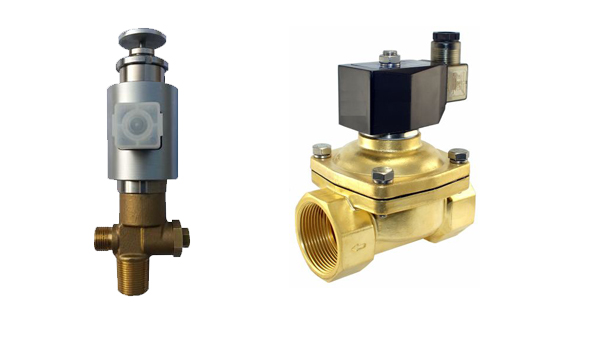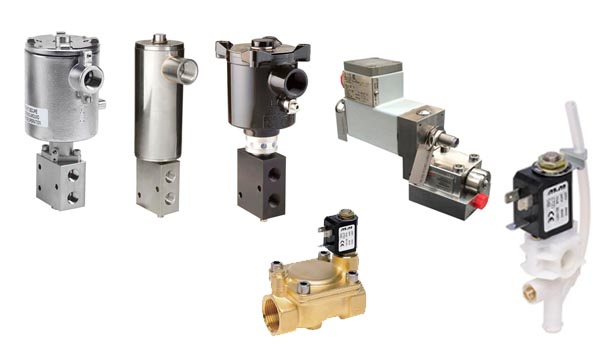Solenoid Valve


Solenoid valves are control units which, when electrically energized or de-energized, either shut off or allow fluid flow. The actuator takes the form of an electromagnet. When energized, a magnetic field builds up which pulls a plunger or pivoted armature against the action of a spring. When de-energized, the plunger or pivoted armature is returned to its original position by the spring action.
In most flow control applications, it is necessary to start or stop the flow in the circuit to control the fluids in the system. An electronically operated solenoid valve is usually used for this purpose. By being solenoid actuated, solenoid valves can be positioned in remote locations and may be conveniently controlled by simple electrical switches.
Solenoid valves can be found in many different sectors, including:
- Water supply
- Treatment of drinking water
- Waste water treatment
- Purification/ treatment of grey and black water
- Machine and plant engineering
- Cooling, lubrication and dosing
- Building services
- Large heating systems, climate control
- Safety engineering
- Water mains protection and fire extinguishing systems
- Compressors
- Pressure relief and drainage
- Fuel supply
- Transport and tank facilities
- Firing systems
- Oil and gas burner control
- Gas chromatography
- Gas mixture regulation
- Blood analysis instruments
- Control of cleaning processes
